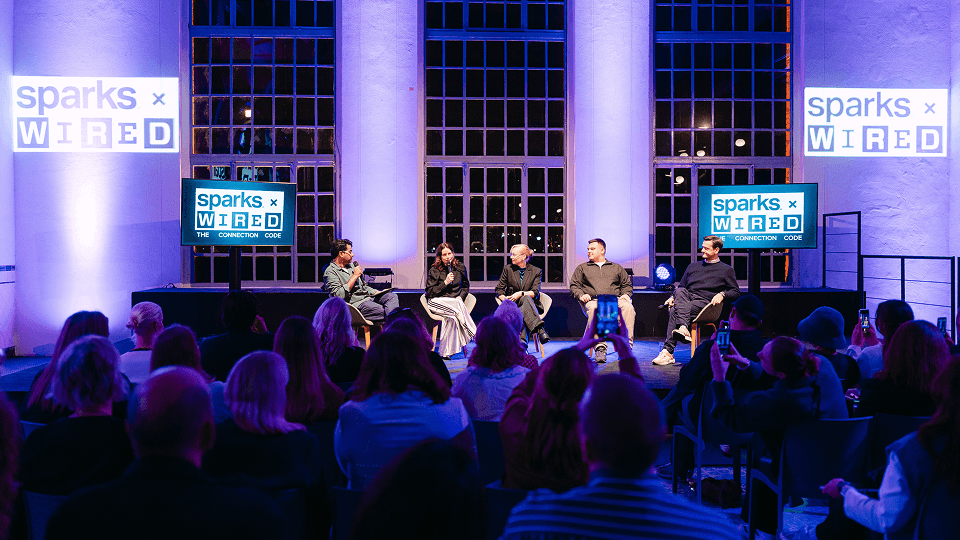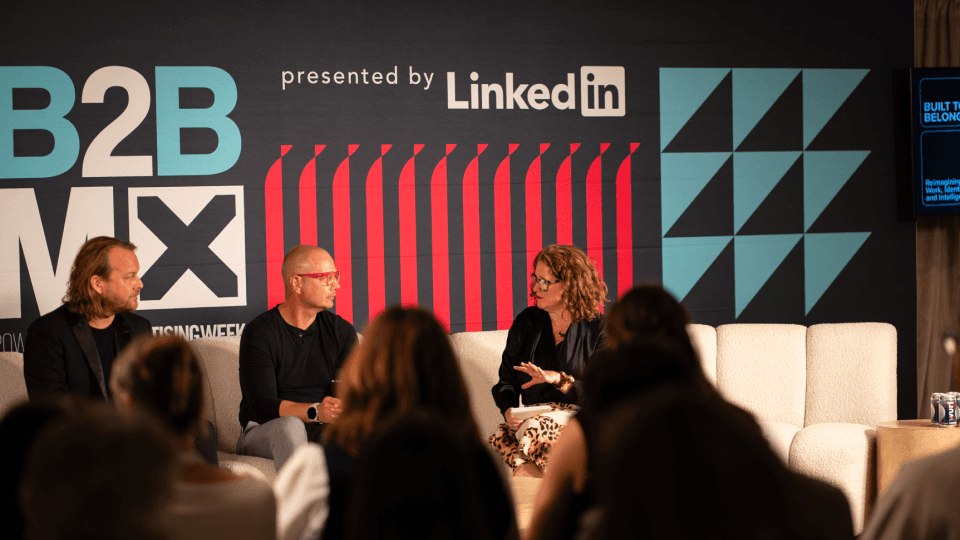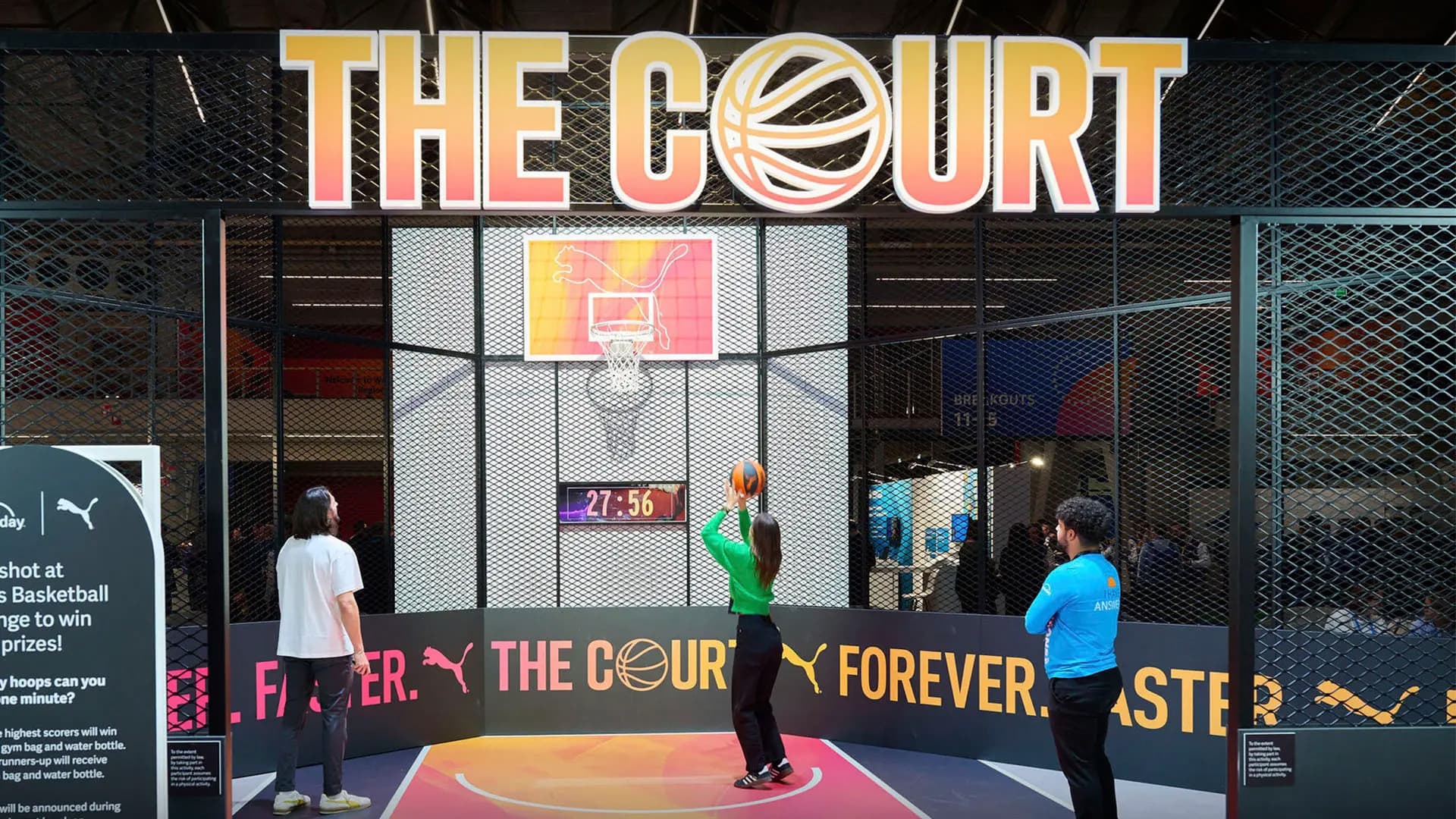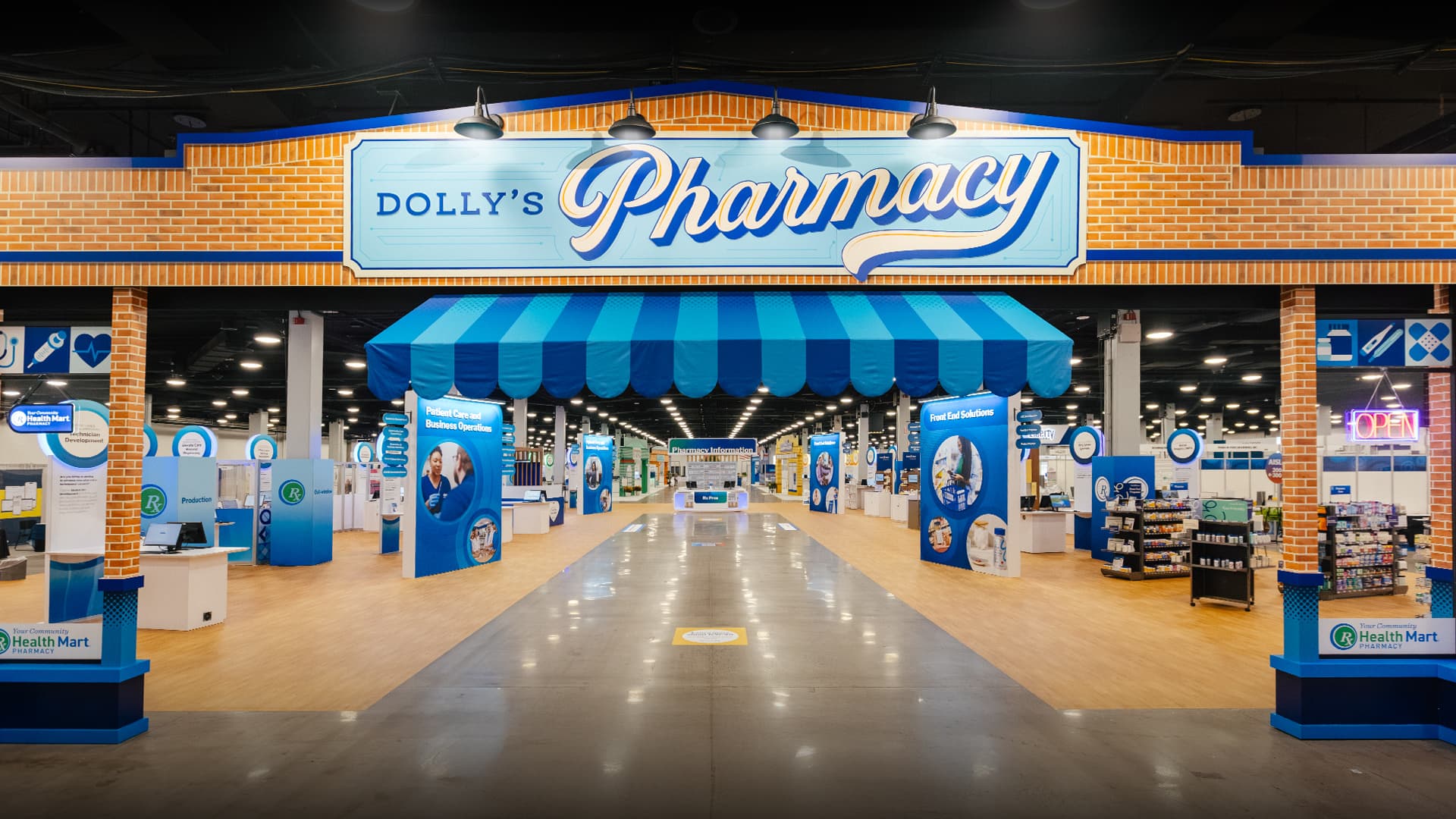5 Experiential Marketing Trends from Web Summit Lisbon 2025


Web Summit 2025 once again proved why it’s one of the world’s most influential gatherings for technology, culture, and the future of brand-building. Sparks was proud to participate as the event’s official experience partner. With 70,000+ attendees converging in Lisbon, the event served as a global pulse check for where human connection, AI evolution, and creativity are headed next.
Our team walked the floor, attended sessions across the Creator, Marketing, Tech and AI stages, and engaged directly with founders, technologists, and cultural thinkers. What emerged were five clear shifts redefining how brands will design experiences in 2026 and beyond.
1. Community-Driven Marketing Is Becoming the New Brand Infrastructure
Gen Z’s relationship to culture is no longer mass; it’s micro. Fandoms are splintering into niche communities, each with their own codes, creators, and values. As technology scales and AI personalizes everything, emotional intelligence becomes the differentiator.
At Web Summit, speakers consistently pointed to a growing “trust economy,” where belonging outweighs broadcasting. Brands now need to build spaces—both IRL and online—that feel native to micro-communities rather than imposed on them. This was echoed during The Connection Code, a panel and event Sparks hosted in collaboration with WIRED at the MAAT Museum in Lisbon. Erika Wykes-Sneyd, GM & Global VP at Adidas, emphasized the importance of creating physical brand environments to connect with audiences: “True connection happens offline.”
Experiential marketing will increasingly act as the connective tissue; bringing dispersed communities together in physical moments that feel meaningful, intentional, and shared.
True connection happens offline.
2. Multisensory Design Is Redefining Immersion
The next wave of brand identity is no longer static. Across stages, creators showcased how sonic identities, reactive typography, synthetic stained glass, and motion-driven systems are becoming core brand assets. Immersing audiences in a new and creative way, blurring the lines between different disciplines and bringing that into the physical world.
Brands are now expected to design across senses, image, sound, color, texture, and motion to build emotional recall.
The shift is clear:
Visuals alone are no longer enough. Multisensory storytelling creates deeper memories.
Bringing these emerging aesthetics into physical environments; through sound-reactive installations, generative light, or spatial motion graphics—sets a new bar for experiential craft. It moves audiences beyond 3D visuals into something visceral, embodied, and unforgettable.
3. Co-Creation Is the New Fan Engagement Model
The most resonant conversations at Web Summit centered on audiences who no longer want to just consume brand experiences; they want to shape them.
Artist Imogen Heap’s session in partnership with Soundcloud put this into sharp focus: co-creating with fans, integrating feedback loops, and making audiences part of the creative process is becoming the norm, not an exception.
For brand experiences, this unlocks new strategic territory:
- Spaces where participants prototype ideas with the brand
- Real-time R&D moments where consumers feel heard and validated
- Activations where the “audience” becomes collaborators
Co-creation builds ownership. Ownership builds loyalty. And loyalty, in a distracted world, is gold.
4. Trust Has Become a Currency And Neuroscience Is the New Toolkit
Across the Marketing and Future Societies tracks, trust emerged as a central theme. With misinformation rising and AI-generated content accelerating, credibility will soon outweigh visibility.
Brands are now asking:
What does trust look like as a measurable experiential metric?
Neuroscience is beginning to provide the answer.
Understanding how the brain responds to emotion, pattern, sound, color, and narrative is becoming a superpower. Pairing AI with behavioural insights allows brands to design experiences that feel emotionally calibrated and neurologically resonant.
It’s not just about what consumers see. It’s about what their brains remember, and why.
5. Brands Must Learn to Market to AI, Not Just Humans
One of the biggest announcements—OpenAI’s partnerships with PayPal and Shopify—crystallized a new reality:
Brands now need to sell to AI as much as they sell to people.
As LLMs become discovery engines, assistants, and purchasing intermediaries, brands must think about how they are interpreted by AI:
- Are their values legible to models?
- Do they clearly communicate societal benefit?
- Are they structured in ways LLMs rank as credible and trustworthy?
Experiences now play a key role. High-quality, emotionally resonant moments generate the human signals—stories, sentiment, authenticity—that AI uses to understand which brands matter.
Web Summit 2025 Made One Thing Clear
The future of experiential marketing will be defined by belonging, multisensory identity, co-creation, trust, and AI-literate brand building.
Unforgettable experiences are no longer just creative they are strategic, thoughtful, emotional, and built for both human and machine interpretation.


